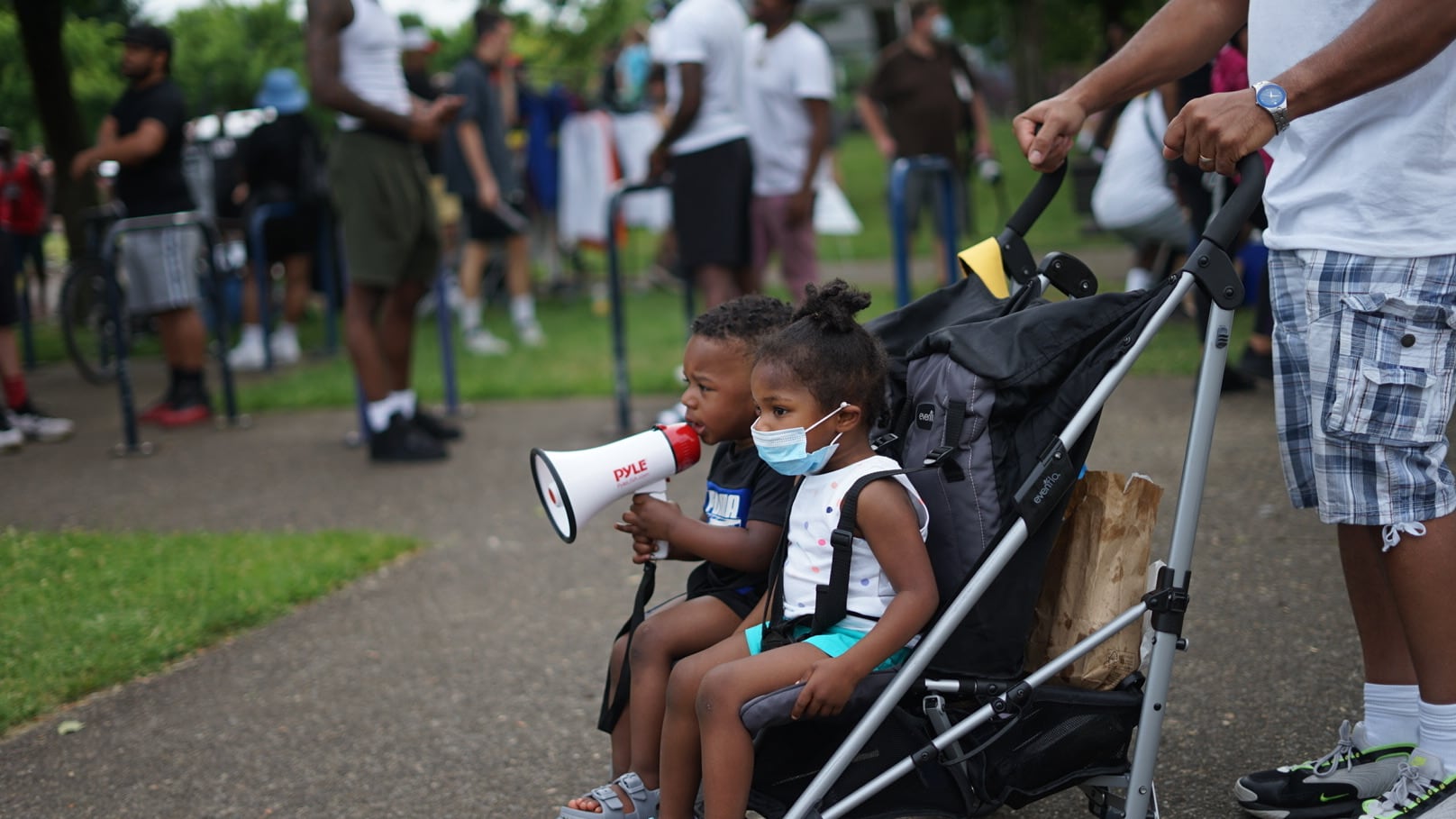Among the many unforgiving effects of COVID-19 is this: Across Oregon and the U.S., people of color contract the virus at much higher rates than their white counterparts, and when they catch it, they're more likely to die.
The reasons are layered. But one clue is a phrase that's become bleakly familiar as we read the death tolls: "underlying conditions."
The fact is, Black and Indigenous Oregonians were already more likely to die early. COVID just exposed that vulnerability.
These two groups have higher premature mortality rates than any other racial demographic, according to the Oregon Health Authority's Public Health Division. In other words, they lose more years of life before age 75: 33% more than white Oregonians.
One reason is the disproportionate number of health issues affecting these communities.
Black people experienced the greatest number of health inequities in a 2014 report card on racial and ethnic disparities compiled by the Multnomah County Health Department. The report card evaluates a person's health status based on elements that include living and working conditions.
Black and Indigenous people, for instance, had the highest obesity levels among all demographics: 34.8% of Black adults and 36.2% of Indigenous adults were obese. Just 21.5% of non-Latino white people were obese, according to the report card.
Black people over the age of 65 were hospitalized for avoidable reasons at nearly double the rate of white people. White people had 9 avoidable hospital visits per 1,000 population while Black people had 17.3 hospital visits per 1,000 for conditions that could have been treated at a doctor's office.
Self-reported health status measures how individuals rate their own overall health. Black adults self-reported the highest rate of poor health, 24.5%. White adults had the lowest at 15.6%, the report card said.
These statistics represent a few select ways Black Oregonians suffer from systemic racism: Health conditions that are preventable for most white people adversely affect Black Oregonians' quality of life as well as their life expectancy.
This reporting has been funded in part by a grant from the Jackson Foundation. See more Black and White in Oregon stories here.

